How To Pick A Telescope?
Choosing the right telescope can be a daunting task, especially for beginners who are just starting to explore the wonders of the night sky. With a myriad of options available, each with its own set of features and specifications, it's easy to feel overwhelmed. This article aims to demystify the process of selecting a telescope by breaking down the key factors you need to consider. Whether you're an amateur astronomer or looking to buy a telescope as a gift, this guide will help you make an informed decision.
Understanding Your Needs
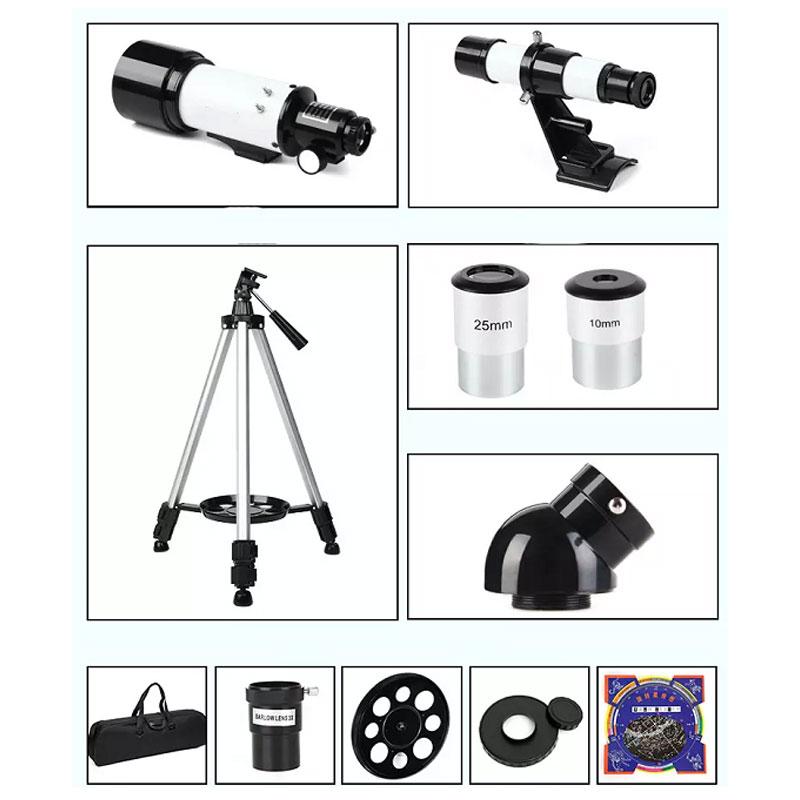
Before diving into the technical aspects, it's crucial to understand what you want to achieve with your telescope. Are you interested in observing planets, stars, or deep-sky objects like galaxies and nebulae? Your specific interests will significantly influence the type of telescope you should choose.
1. Planetary Observation: If your primary interest is in observing planets, you'll need a telescope with high magnification and good resolution.
2. Deep-Sky Observation: For viewing distant galaxies and nebulae, a telescope with a larger aperture is essential to gather more light.
3. General Observation: If you're looking for a versatile telescope that can do a bit of everything, you'll need a balanced option that offers both decent magnification and aperture.
Types of Telescopes

There are three main types of telescopes: refractors, reflectors, and compound (or catadioptric) telescopes. Each has its own set of advantages and disadvantages.
1. Refractor Telescopes: These use lenses to gather and focus light. They are generally low-maintenance and provide sharp, high-contrast images, making them ideal for planetary observation. However, they can be more expensive per inch of aperture compared to other types.
2. Reflector Telescopes: These use mirrors instead of lenses. They offer more aperture for your money, making them excellent for deep-sky observation. However, they require regular maintenance, such as collimation (alignment of the mirrors).
3. Compound Telescopes: These combine lenses and mirrors to offer a compact design. They are versatile and good for both planetary and deep-sky observation. However, they can be more expensive and may require more maintenance.
Key Specifications
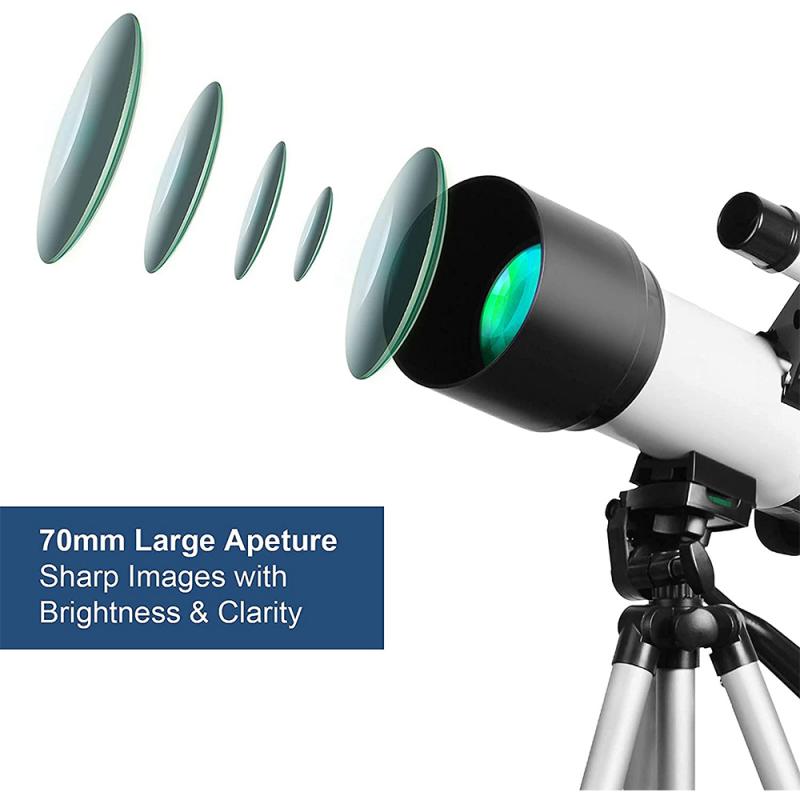
When choosing a telescope, several key specifications will determine its performance:
1. Aperture: This is the diameter of the telescope's main lens or mirror. A larger aperture allows more light to enter, providing clearer and brighter images. For beginners, an aperture of at least 70mm for refractors or 114mm for reflectors is recommended.
2. Focal Length: This is the distance between the telescope's main lens or mirror and the point where the light comes into focus. A longer focal length provides higher magnification, which is crucial for planetary observation.
3. Magnification: This is determined by dividing the focal length of the telescope by the focal length of the eyepiece. While high magnification is desirable, it's important to note that too much magnification can result in blurry images. A good rule of thumb is to use 50x magnification per inch of aperture.
4. Mount: The mount is what holds the telescope and allows it to move. There are two main types: altazimuth and equatorial. Altazimuth mounts are simpler and easier to use, making them ideal for beginners. Equatorial mounts are more complex but allow for more precise tracking of celestial objects.
Additional Features

1. Finderscope: This is a small auxiliary telescope mounted on the main telescope to help you locate objects in the sky. A good finderscope can make the process of locating celestial objects much easier.
2. Eyepieces: Most telescopes come with one or two eyepieces, but having a range of eyepieces can enhance your viewing experience. Different eyepieces offer different magnifications, so having a variety can be beneficial.
3. Portability: If you plan to take your telescope to different locations, portability is an important factor. Some telescopes are more compact and easier to transport than others.
4. Computerized GoTo Systems: These systems can automatically locate and track celestial objects for you. While they can be more expensive, they are incredibly useful for beginners who may find it challenging to locate objects manually.
Budget Considerations
Your budget will play a significant role in determining which telescope you can afford. While it's tempting to go for the cheapest option, it's important to remember that you often get what you pay for. A higher-quality telescope will provide better images and last longer, making it a more worthwhile investment in the long run.
1. Entry-Level: For beginners, a budget of $100 to $300 can get you a decent starter telescope. Look for models with good reviews and reliable customer support.
2. Mid-Range: If you're willing to spend between $300 and $700, you can get a more advanced telescope with better optics and additional features like computerized mounts.
3. High-End: For those who are serious about astronomy, spending $700 and above can get you a high-quality telescope with excellent optics, advanced features, and durable construction.
Practical Tips
1. Read Reviews: Before making a purchase, read reviews from other users. Websites like Cloudy Nights and Astronomy forums can provide valuable insights.
2. Visit a Local Astronomy Club: Many clubs have "star parties" where you can try out different telescopes and get advice from experienced astronomers.
3. Consider Used Telescopes: Sometimes, you can find high-quality used telescopes at a fraction of the cost. Just make sure to inspect them thoroughly before buying.
4. Start Small: It's often better to start with a smaller, more manageable telescope and upgrade later as you become more experienced.
Choosing the right telescope involves balancing your specific needs, budget, and the technical specifications of the telescope. By understanding the different types of telescopes and their key features, you can make an informed decision that will provide you with years of astronomical enjoyment. Whether you're interested in observing planets, deep-sky objects, or a bit of everything, there's a telescope out there that's perfect for you. Happy stargazing!



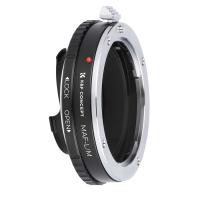
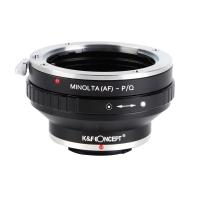
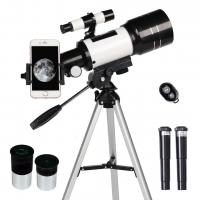
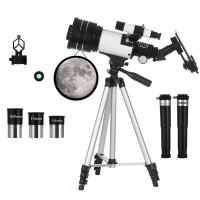
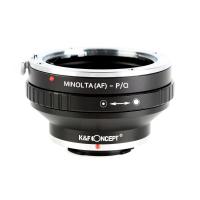


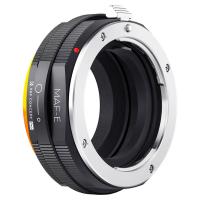
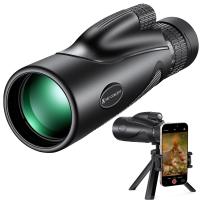

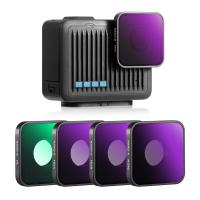

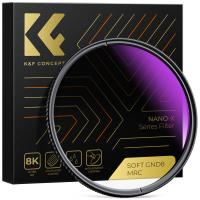

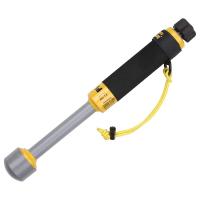

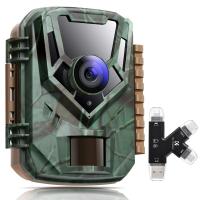
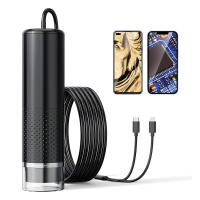



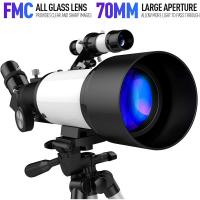


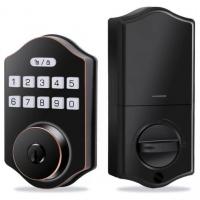
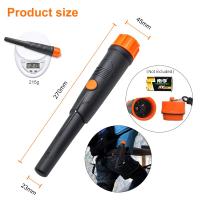

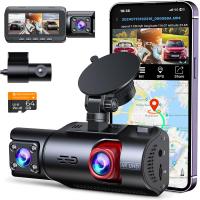
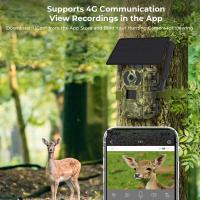




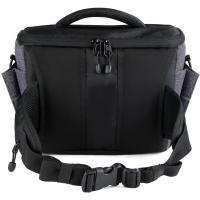


There are no comments for this blog.